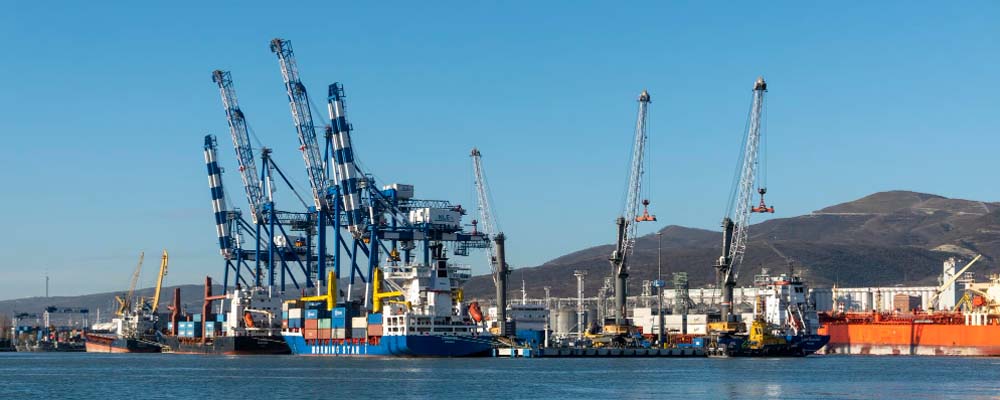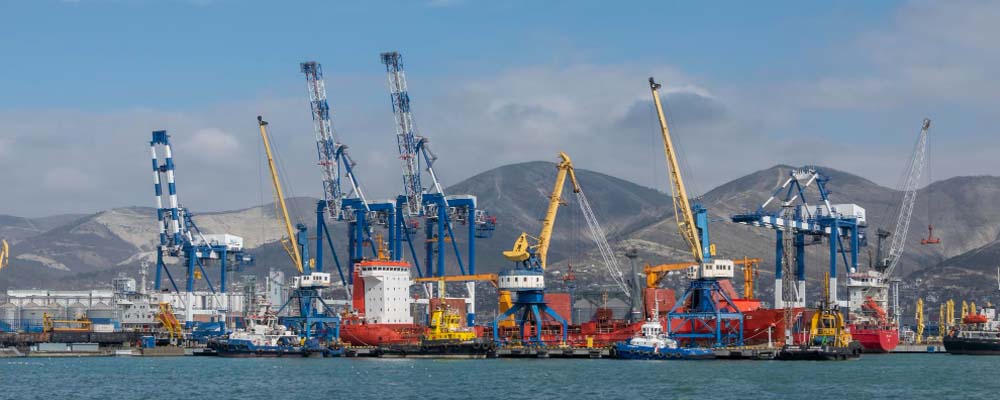
Chile has long been a significant player in global trade, largely due to its strategic position along the Pacific Ocean. However, if there is one port that truly serves as the backbone of Chilean commerce, it is the Port of San Antonio. In this post, we will explore the port’s key features, its economic and global impact, and provide practical tips for navigating it efficiently. Whether you are a freight forwarder aiming to streamline your logistics, an importer or exporter seeking to optimize your supply chain, or a manufacturer looking to understand the port’s role in your business, this guide is for you.
By the end of this read, you will have a better understanding of how to leverage the Port of San Antonio for the benefit of your business. Let’s set sail!
5 Key Features of the Port of San Antonio
Strategic Location and Accessibility
The Port of San Antonio is strategically located on the central coast of Chile, making it easily accessible from major trade routes. Its proximity to Santiago, the nation’s capital, provides a logistical advantage, shortening transit times and reducing transportation costs. For logistics providers and freight forwarding companies, this means a more efficient movement of goods.
Modern Infrastructure
One of the key highlights of the Port of San Antonio is its modern infrastructure. The port boasts state-of-the-art facilities, including deep-water docks that can accommodate large vessels. Advanced cargo handling equipment ensures quick turnaround times, which is crucial for importers and exporters who need to meet tight deadlines.
High Cargo Capacity
With a high cargo capacity, the Port of San Antonio can handle various types of goods, from bulk commodities to containerized cargo. This versatility caters to a wide range of industries, from manufacturing to e-commerce. For logistics vendors, this means the ability to manage diverse shipments seamlessly.
Efficient Customs Procedures
Navigating customs can often be a hassle, but the Port of San Antonio is known for its efficient customs procedures. The port employs a streamlined system to expedite the clearance of goods, minimizing delays and reducing bottlenecks. Customs brokers will find this particularly advantageous as it simplifies the documentation process.
Robust Security Measures
Security is paramount in global trade, and the Port of San Antonio excels in this aspect. The port is equipped with cutting-edge surveillance systems and employs rigorous security protocols to safeguard cargo. For e-commerce businesses and manufacturers, this means peace of mind knowing that their goods are well-protected.
 Economic and Global Impact
Economic and Global Impact
Contribution to Chile’s Economy
The Port of San Antonio is a linchpin in Chile’s economy. It handles approximately 80% of the country’s container traffic, making it an essential hub for international trade. The port’s activities generate significant revenue and create numerous job opportunities, bolstering the local and national economy.
Global Trade Connections
The port’s strategic position along the Pacific Rim enhances its role in global trade. It serves as a gateway for goods moving between Latin America and the Asia-Pacific region. This connectivity makes it a critical node in the global supply chain, benefiting importers and exporters looking to expand their market reach.
Environmental Initiatives
Global logistics increasingly prioritize sustainability, and the Port of San Antonio actively demonstrates its commitment to environmental stewardship. The port has implemented various green initiatives, such as reducing emissions and promoting eco-friendly practices. This focus on sustainability aligns with the values of many modern businesses and can help logistics providers committed to green logistics attract more customers.
Navigating the Port of San Antonio Efficiently
Pre-Arrival Planning
Efficient navigation of the Port of San Antonio begins with meticulous pre-arrival planning. Ensure all necessary documentation is prepared and submitted in advance to avoid delays. Familiarize yourself with the port’s layout and procedures to streamline the unloading and loading process.
Leveraging Technology
Make use of the port’s technological advancements to your advantage. Many of the port’s services can be accessed online, from tracking shipments to scheduling dock appointments. Utilizing these digital tools can save time and enhance operational efficiency for freight forwarding companies and logistics vendors.
Building Relationships
Establishing strong relationships with port officials and local service providers can significantly ease your operations at the Port of San Antonio. A good rapport can lead to better coordination, quicker issue resolution, and insider tips that can benefit your business. Networking within the port community is invaluable for long-term success.
 Conclusion
Conclusion
The Port of San Antonio is more than just a gateway for goods; it’s a pivotal asset for businesses involved in global trade. By understanding its key features, economic impact, and best practices for efficient navigation, you can unlock new opportunities and optimize your logistics operations.
For freight forwarders, logistics providers, importers, exporters, and other industry professionals, leveraging the Port of San Antonio is a strategic move that can drive business growth and enhance competitiveness. Ready to make the Port of San Antonio work for you? Start planning your next shipment today and experience the benefits firsthand. Contact us!




 Economic and Global Impact
Economic and Global Impact Conclusion
Conclusion



